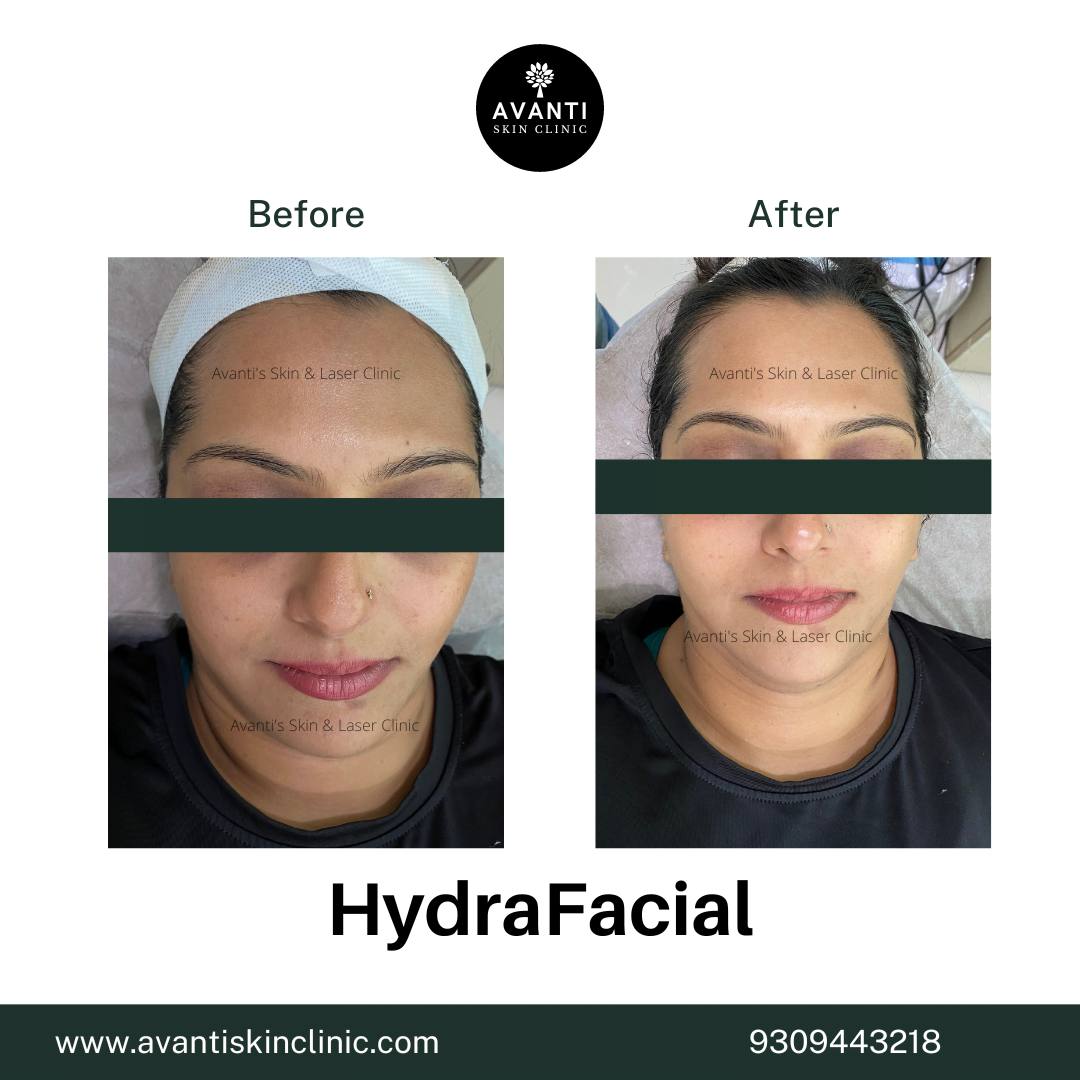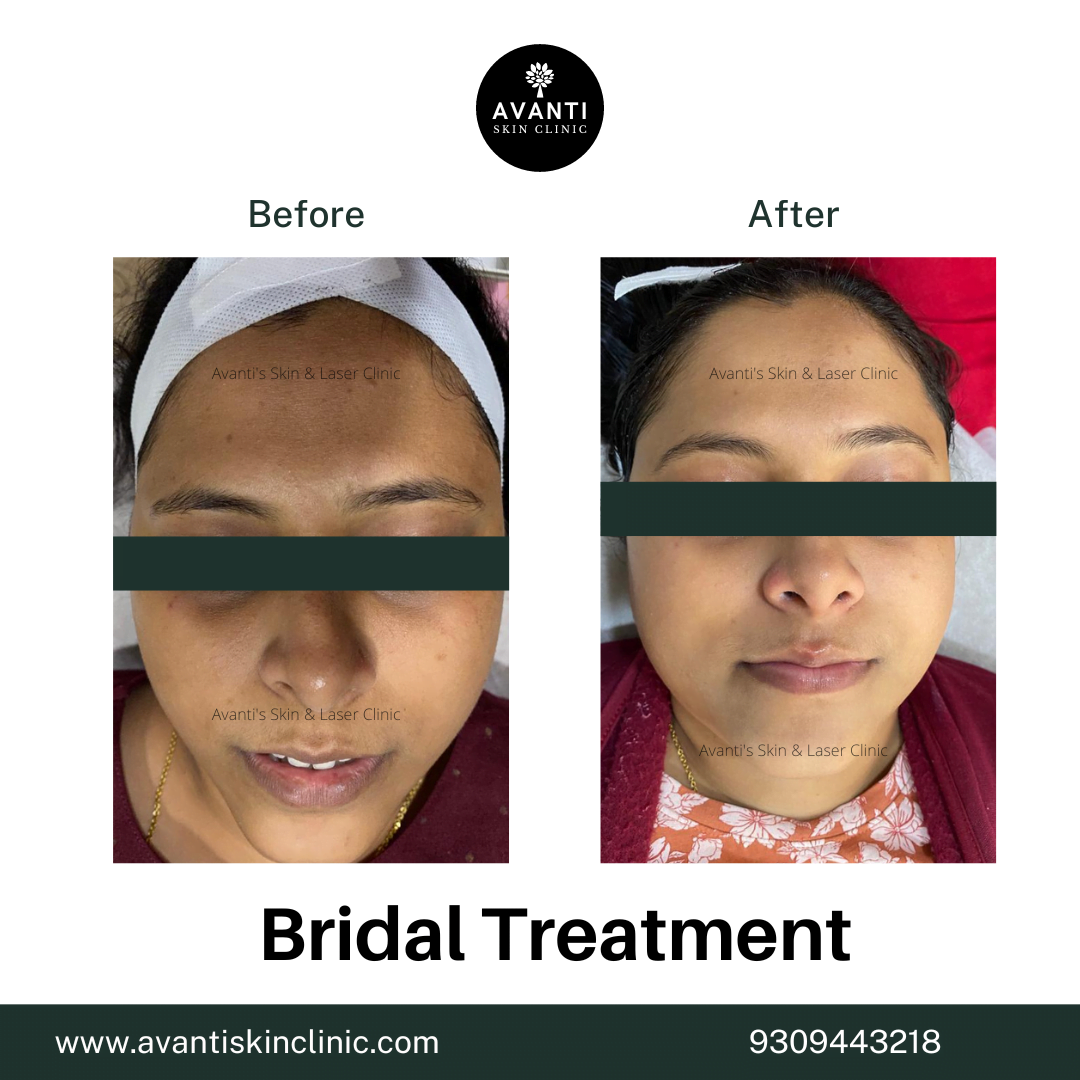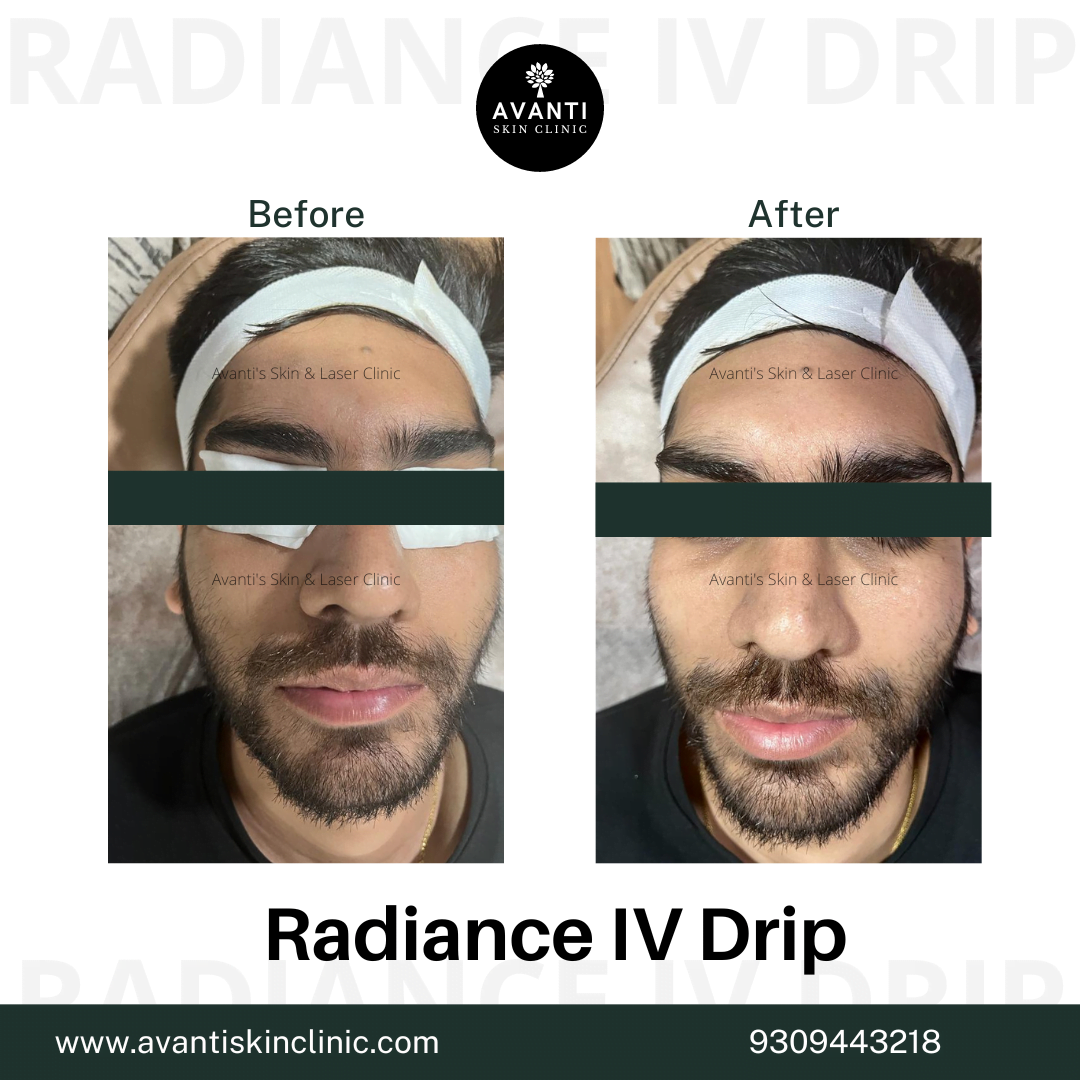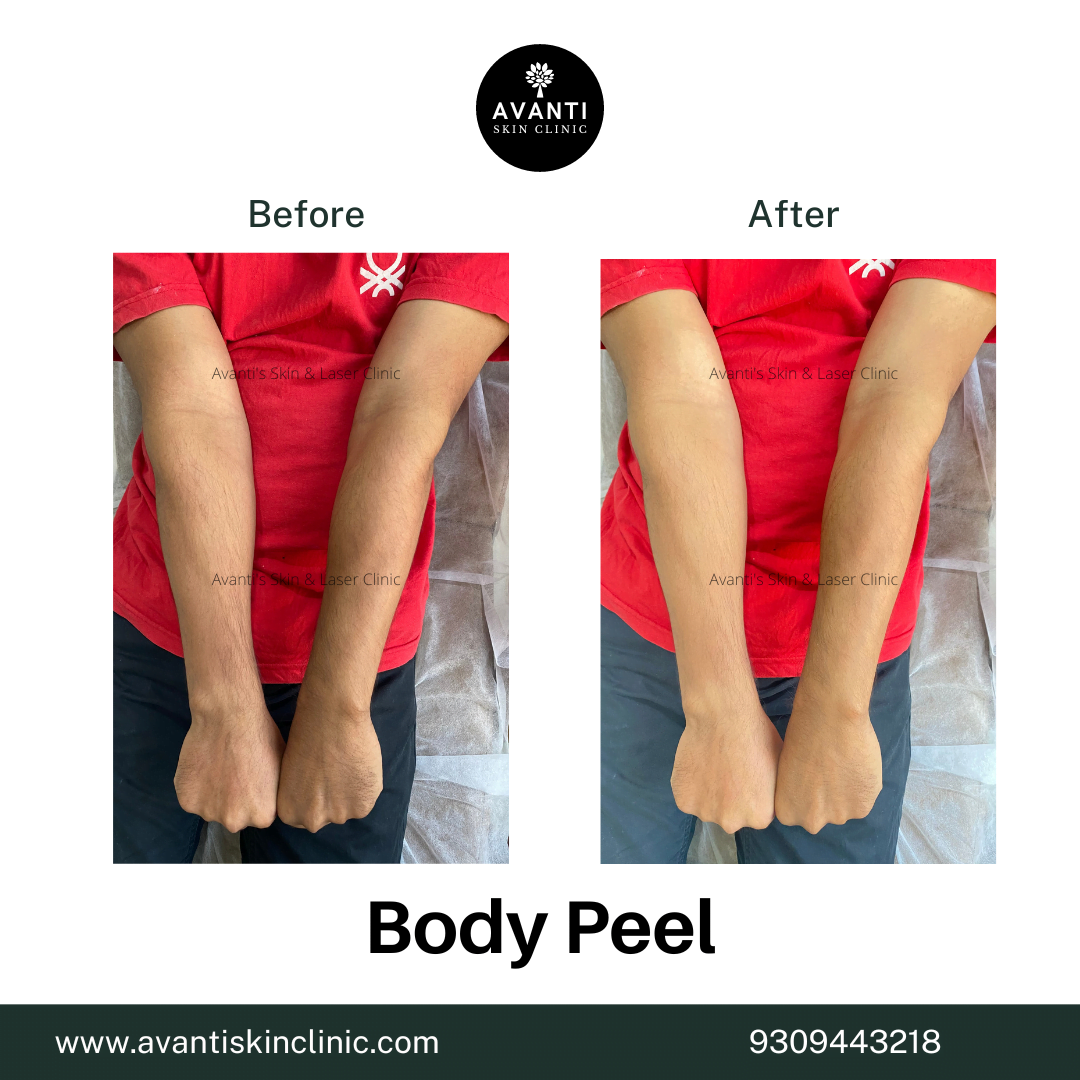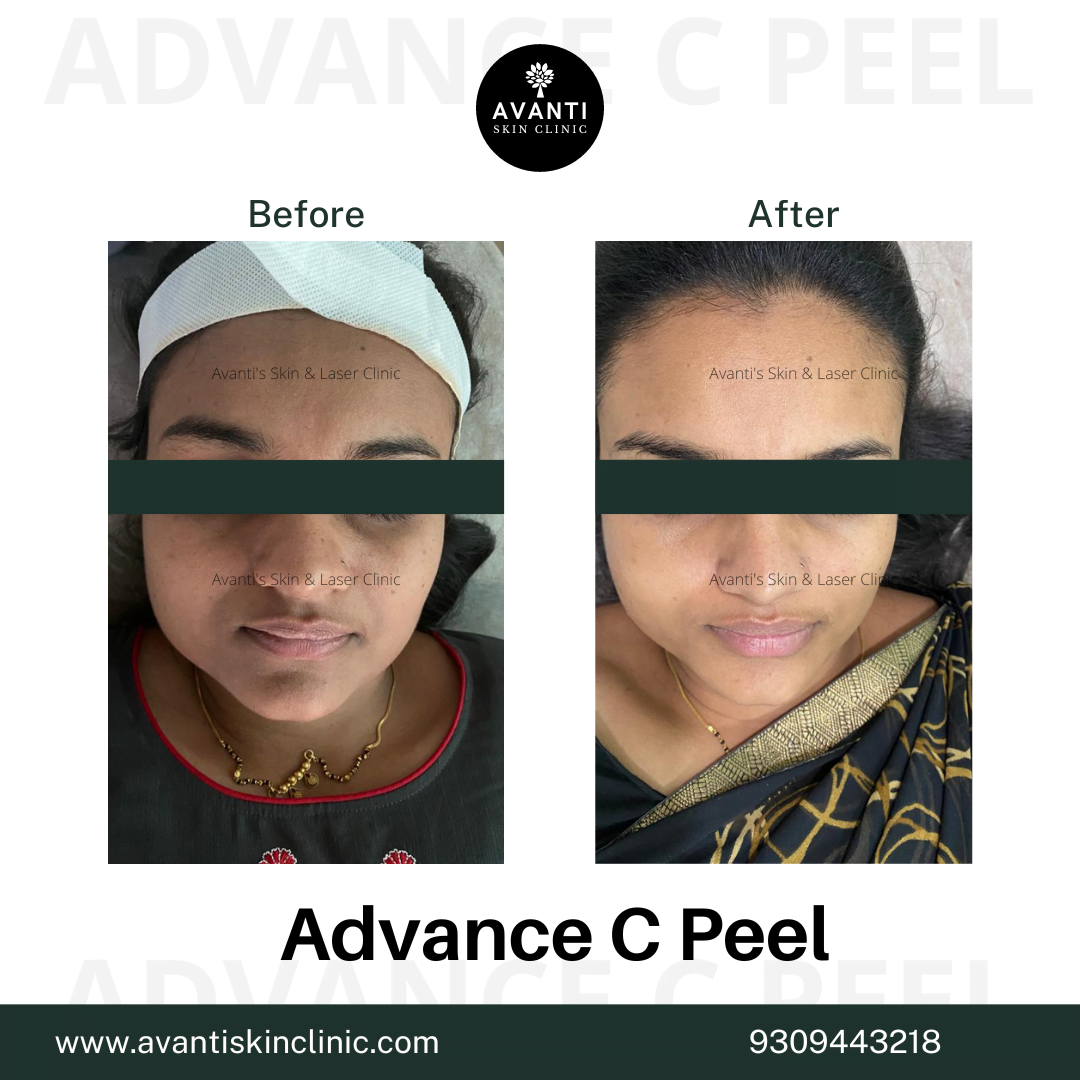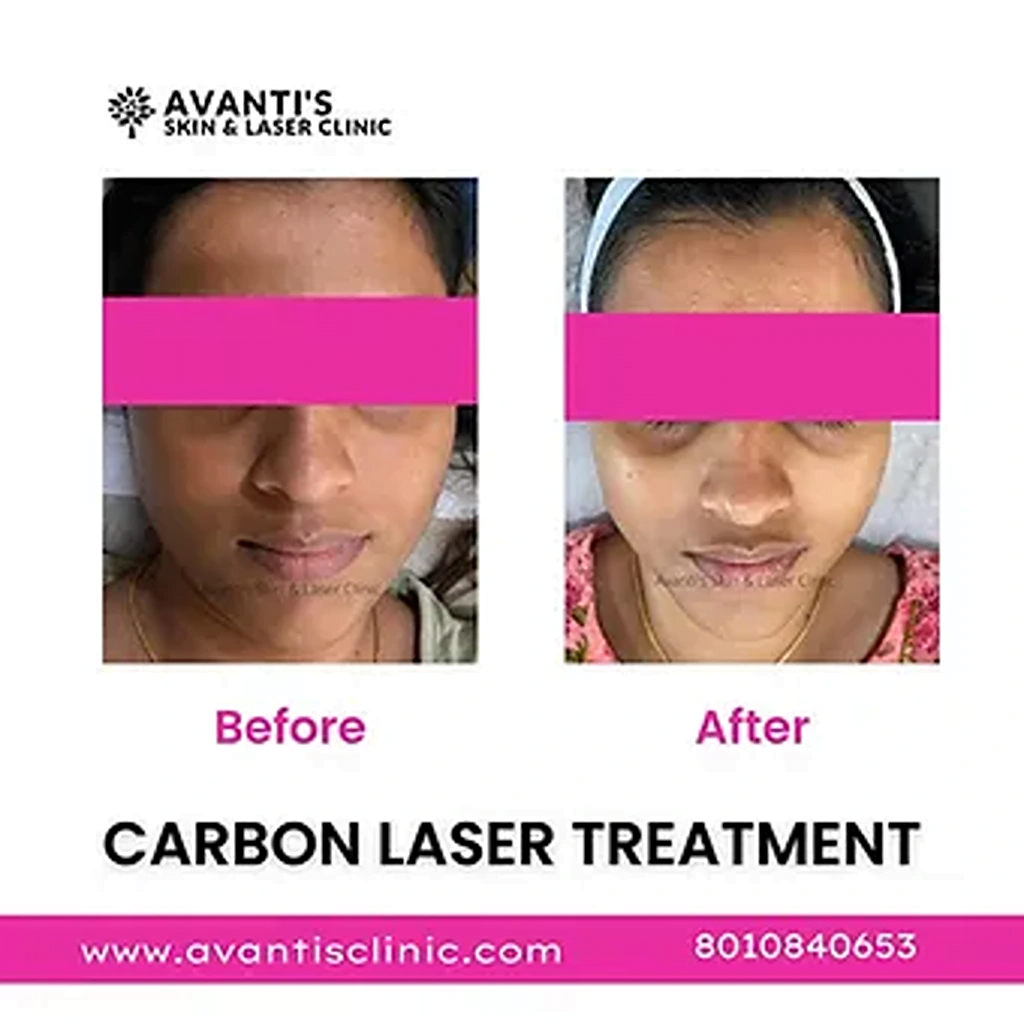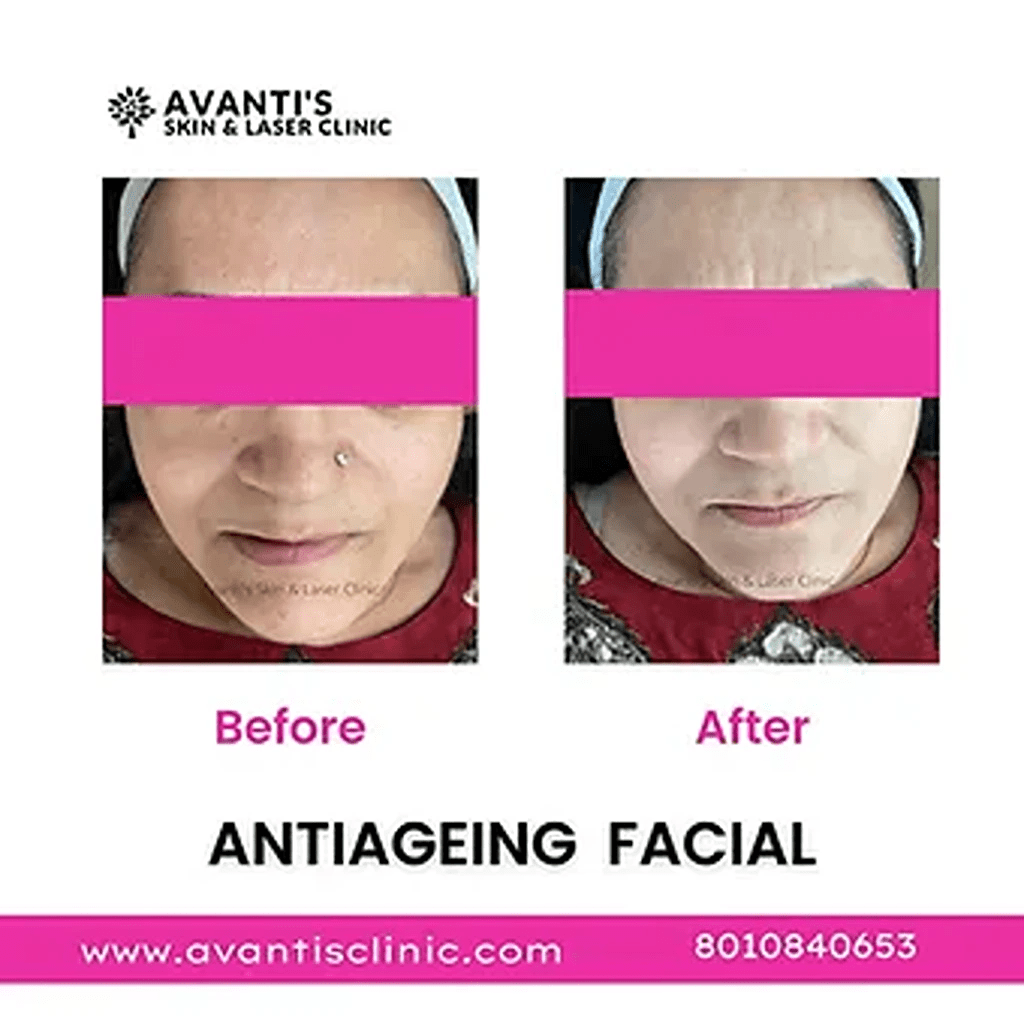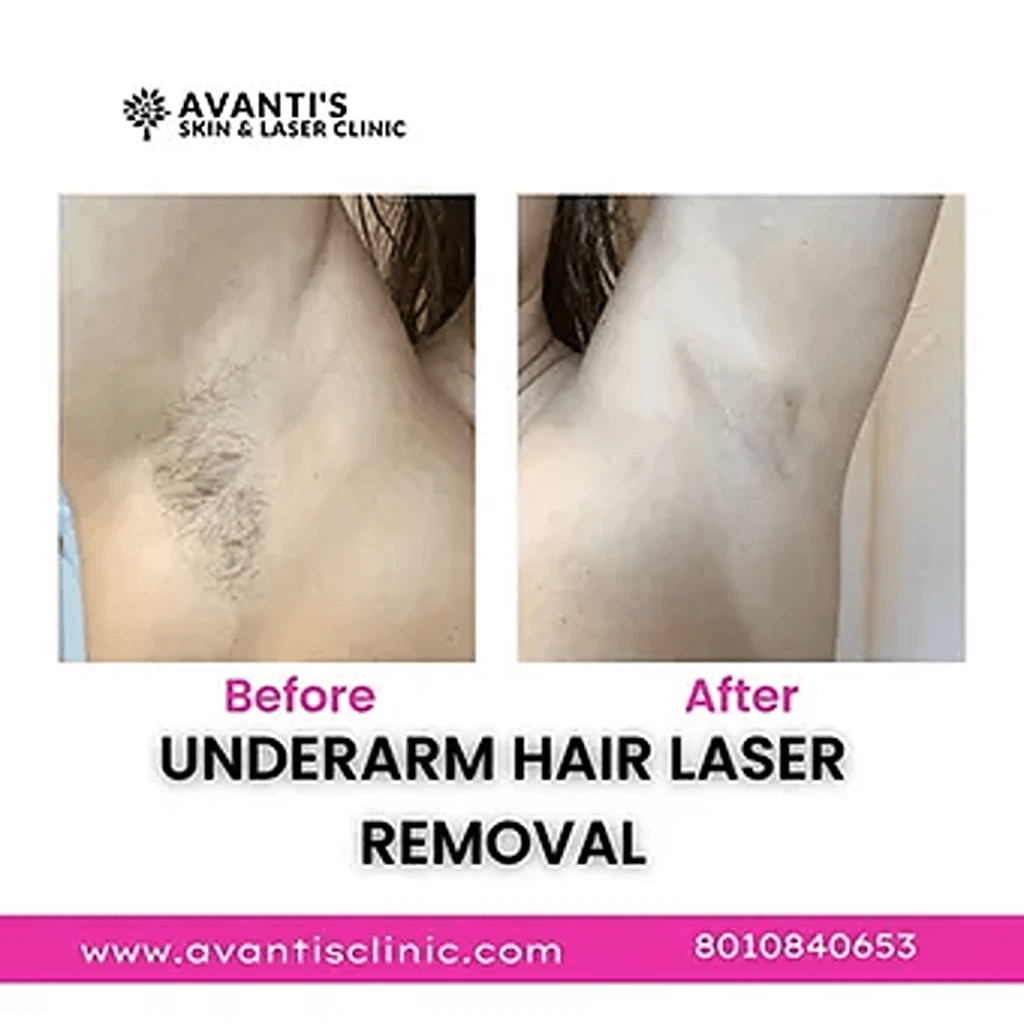AHA vs BHA: What’s the Real Difference?
Walk into any skincare aisle and you’ll find dozens of products promising clearer, smoother, glowing skin — many featuring AHA or BHA as their star ingredients. They sound scientific, and both claim to exfoliate, brighten, and renew your skin. But are they the same thing? Not quite. Understanding the real difference between AHA and BHA can help you choose the right one for your skin type and concerns.
Let’s break down what each does, how they work, and when to use them — so you can finally decide which exfoliating acid your skin really needs.
What Are AHA and BHA?
Both AHA (Alpha Hydroxy Acid) and BHA (Beta Hydroxy Acid) are chemical exfoliants — ingredients that help remove dead skin cells to reveal fresher, brighter skin underneath. Unlike physical scrubs that use granules, these acids dissolve the bonds that hold dead cells together, offering a smoother and more even result without micro-tears.
But their chemistry and behaviour on the skin differ significantly, which is why dermatologists often recommend them for different skin types.
Understanding AHA: The Water-Loving Exfoliant
AHA stands for Alpha Hydroxy Acid — a group of water-soluble acids derived from natural sources like milk, sugar, and fruits. AHAs work on the surface layer of the skin, making them ideal for improving tone, texture, and hydration.
Common types of AHAs include:
- Glycolic Acid (from sugarcane) – penetrates deeply and helps with fine lines and pigmentation.
- Lactic Acid (from milk) – gentler, great for dry or sensitive skin.
- Mandelic Acid (from almonds) – mild and suitable for acne-prone or reactive skin.
- Citric Acid (from citrus fruits) – brightens dull skin and refines pores.
AHAs work by loosening the “glue” that holds dead cells to the skin’s surface. This exfoliation not only helps with dullness but also allows serums and moisturisers to absorb more effectively.
Best for:
- Dry or dull skin
- Uneven texture
- Fine lines and wrinkles
- Pigmentation or sun damage
How it feels:
Mild tingling or warmth after application is normal. Because AHAs increase sun sensitivity, sunscreen is a must when using them.
Understanding BHA: The Oil-Loving Deep Cleanser
BHA stands for Beta Hydroxy Acid, and the most common one used in skincare is salicylic acid. Unlike AHAs, BHAs are oil-soluble — meaning they can penetrate through sebum and exfoliate deep inside the pores. This makes them ideal for oily, acne-prone, or congested skin.
BHAs not only remove dead cells but also reduce inflammation and kill acne-causing bacteria, helping to prevent breakouts and blackheads.
Best for:
- Oily or combination skin
- Acne and blackheads
- Enlarged pores
- Redness or congestion
How it feels:
BHAs tend to be gentler on the skin surface but can cause dryness if overused. They’re also less likely to increase sun sensitivity than AHAs, though sunscreen is still recommended.
AHA vs BHA for Skin: Which One Should You Use?
Your choice depends entirely on your skin type and concerns.
If you have dry or ageing skin:
Go for AHA-based products. Lactic or glycolic acid helps retain moisture, smooth texture, and fade pigmentation.
If you have oily or acne-prone skin:
BHA is your best friend. Salicylic acid deeply cleans pores, controls oil, and reduces breakouts.
If you have combination skin:
Use both — but not necessarily at the same time. You can alternate between them on different days, or use AHA in the evening and BHA in the morning (as advised by a dermatologist).
If you have sensitive skin:
Start slow with mild acids like lactic acid or mandelic acid, and avoid layering multiple exfoliants. Always patch-test new products before full use.
What Happens When You Combine AHA and BHA
When used correctly, combining AHA and BHA can give you the best of both worlds — smoother texture and clearer pores. However, overuse can irritate the skin barrier and lead to redness or peeling.
The safest way to combine them is through professionally formulated products that balance pH and concentration. Alternatively, you can use AHA and BHA treatments on alternate days instead of layering them together.
How to Introduce AHA or BHA into Your Routine
Step 1: Start Slowly
Use your chosen acid 2–3 times a week at night. Gradually increase frequency once your skin adjusts.
Step 2: Apply After Cleansing
These exfoliants work best on clean, dry skin before serums or moisturisers.
Step 3: Moisturise Well
Follow up with a hydrating cream or serum containing hyaluronic acid to replenish moisture.
Step 4: Sunscreen Is Non-Negotiable
Always apply SPF 30 or higher in the morning. Exfoliated skin is more prone to UV damage.
Step 5: Don’t Overdo It
Avoid combining AHA/BHA with other strong actives like retinol or vitamin C unless guided by a dermatologist.
Common Mistakes to Avoid
- Using acids daily from day one – This can cause redness and peeling.
- Skipping sunscreen – Freshly exfoliated skin burns more easily.
- Layering too many exfoliants – Leads to barrier damage and sensitivity.
- Mixing with retinol – Increases irritation risk. Use them on alternate nights instead.
- Ignoring hydration – Exfoliants can dry out skin if not followed by a moisturiser.
Professional Treatments That Combine AHAs and BHAs
At clinics like Avanti Skin Care in Pune, dermatologists use chemical peels that combine both acids in controlled concentrations. These treatments deliver faster and safer results for concerns like acne, pigmentation, and dullness.
AHA Peels – Brighten and hydrate the skin while improving texture.
BHA Peels – Target clogged pores, blackheads, and acne without harsh scrubbing.
Combination Peels – Use both AHAs and BHAs for comprehensive resurfacing and oil control.
Such professional treatments are ideal if over-the-counter products haven’t delivered noticeable results.
How Long Before You See Results
With regular use, AHAs and BHAs typically show visible improvement within 2–4 weeks. You’ll notice smoother texture, clearer pores, and a natural glow. Deeper pigmentation or acne marks may take longer — around 6–8 weeks of consistent use.
Consistency is key. Over-exfoliating or stopping too soon can delay results.
Why Dermatologists Emphasise Customisation
Dermatologists stress that no two skins are alike. The real difference between AHA and BHA lies not only in their chemistry but also in how your skin reacts to them.
At Avanti Skin Care, experts analyse each client’s skin type, barrier strength, and lifestyle before recommending the right acid or peel treatment. The goal is to achieve smooth, radiant skin without irritation — through balance, not excess.
AHAs are water-soluble and work on the skin’s surface, while BHAs are oil-soluble and work inside pores to remove oil and buildup.
Yes, but only in professionally formulated products or under dermatologist supervision. Overuse can irritate the skin.
BHA is more effective for acne because it penetrates oil and clears clogged pores.
Yes. AHAs like lactic and glycolic acid exfoliate gently while retaining moisture, making them perfect for dry skin.
Not on the same night. Alternate them to avoid irritation.
Start 2–3 times a week and increase gradually as your skin builds tolerance.
AHAs can increase sun sensitivity, so always use sunscreen. BHAs are less photosensitising but still require SPF protection.
Low concentrations of AHAs (like lactic acid) are generally considered safe, but always consult a dermatologist before use.


